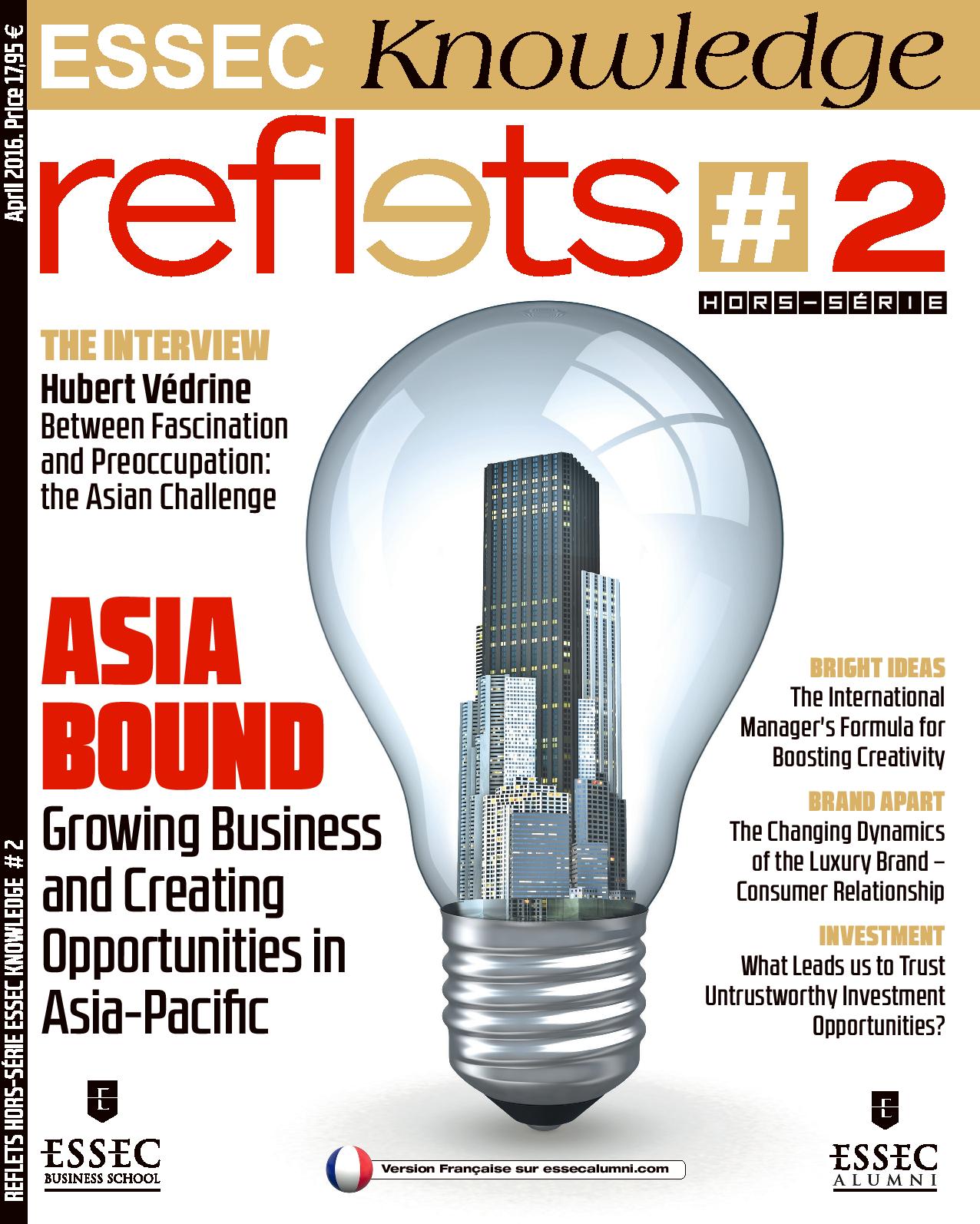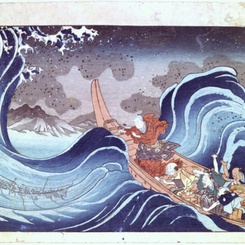Asia remains one of the most attractive regions in the world for international business. As its population and their buying power grow together, political, cultural and economic forces align to perpetually reveal new opportunities.
Despite the Chinese Economy’s recent slowdown, Asia as a whole still holds tremendous market potential. This is mainly because the economic fundamentals of the region remain solid: GDP per capital increases have been stronger in Asia than in other parts of the world, which means that purchasing power in Asia is still on the rise. Plus, the surrounding social, cultural, political, and legal context in Asia has improved substantially.
In the case of China, it would be more accurate to say that its economy is now settling into something we might call the ‘New Normal’: while the days of double-digit growth might be over, they will surely expect 6-7% growth for the foreseeable future.
Relatively strong growth rates of around 4.7% are also expected for the six most advanced ASEAN economies – Indonesia, Thailand, Malaysia, Philippines, Singapore and Vietnam – while newer members like Myanmar or Laos will likely reach even higher rates closer to 7-8%. Other, more established Asian economies – namely those of South Korea, Japan and Taiwan – will see growth rates closer to what we’re seeing in the rest of the developed world: in 2015, that’s around 1%-3%. All in all, Asia is still one of the most attractive regions in the world for international business. The population and their buying power are growing together at unprecedented rates, and Western businesses are rushing over in droves to profit from the opportunity.
Increasingly Selective Consumers
However, tapping into the Asia’s enormous market potential is not as “easy” as it used to be. A decade or two ago, local products and services would have had a tough time competing with Western equivalents. Today, this is no longer the case. Product scandals like the one in which Volkswagen currently finds itself will have a profound and long lasting impact on the perceived superiority of Western products. Western brands are once again in a position of having to prove the quality of their products in the mind of the Asian consumer who now has at his or her disposal a vast array of local alternatives.
Even from a socio-cultural perspective, many predict that it will not be long before a home-grown brand conquers the world. The K-pop star Psy and his “Gagnam Style” proved that consumers in the West can embrace a song and learn the lyrics without even knowing what they mean. So it’s safe to say that K-pop, J-pop and Mando-pop, together with Bollywood, which already have hundreds of millions of followers in all parts of Asia, will eventually make their way to the West.
The entertainment, sports, arts, and fashion industries foster trends that link many Asian consumers, even if there is no economic union between their countries. In other words, some kind of consumer-based common market has already begun to emerge. This too will make it increasingly difficult for Western companies to conquer the Asian market. But as they say in Asia, with great risk comes great opportunity!
With Great Risk Comes Great Opportunity
The globalized, digital economy brings brands and consumers together from around the world. Social media lets them share their thoughts on products or services. The web lets brands launch new products globally, and give consumers from multiple countries access in real time. This new reality represents a huge opportunity.
The risk, however, is that Western companies will fail to recognize that Asia gives as much as it receives in terms of innovation and entrepreneurship. Asian firms are producing innovative, high-quality products, not only for their own local markets, but that will be able to compete with Western products, abroad and at home.
Asia is currently in a unique, political situation that is favorable to business and market openness. Several strong, business-friendly leaders have emerged in recent years – President Xi in China, President Jokowi in Indonesia and Prime Minister Modi in India – relatively young leaders who’ll be around for a long while. They believe in the economic transformation of their countries and feel that foreign firms have their role to play in that transformation.
Political stability in Asia is a rare commodity, so companies appreciate very much that they can take bigger risks over a longer period. Of course, the situation in Japan, South Korea and Taiwan is rather chaotic, but this is nothing new, so companies know how to navigate in these waters. And even if the situation in the South China Sea were to get particularly heated, it shouldn’t have much impact on the political climate.
Countries like Vietnam and Laos, which used to shun from market economy, now welcome market economy principles. This is a process which began 20 years ago in China, in Vietnam 10 years ago. And in the coming years, Myanmar – a country closed to the outside world for decades – may follow suit.
From the ESSEC Knowledge Magazine:










